Steve Jobs: Inspiration Junkie
Apple's ability to capitalize on the breakthroughs of Xerox PARC is fairly well documented. Not that they're the only ones who did so... In fact, when Steve Jobs angrily summoned Bill Gates to Cupertino to vent about Microsoft's newly rendered graphical user interface in a non-Apple product, in a software called "Windows," Gates' reply is telling:
"They met in Jobs's conference room, where Gates found himself surrounded by ten Apple employees who were eager to watch their boss assail him. Jobs didn't disappoint his troops. 'You're ripping us off!' he shouted. 'I trusted you, and now you're stealing from us!' Hertzfeld recalled that gates just sat there Cooley, looking Stephen the eye, before hurling back, and his squeaky voice, what became a classic zinger. 'Well, Steve, I think there's more than one way of looking at it. I think it's more like we both had this rich neighbor named Xerox and I broke into his house to steal the TV set and found out that you had already stolen it.'"
(From Water Isaacson's excellent, "Steve Jobs" as are the stories below)
Jobs famously mis-quoted Pablo Picasso (as saying "Good artists copy; great artists steal" - the correct quote, properly credited to British poet T.S. Eliot, is actually “Immature poets imitate; mature poets steal”) in justifying such behaviors. What's less well-known is that he had a penchant for seeking inspiration more broadly, a tactic I wholeheartedly endorse.
"To make the Apple II successful required more than just Wozniak's awesome circuit design. It would need to be packaged into a fully integrated consumer product, and that was Jobs's role.
"He began by asking Ron Wayne to design a case. 'I assumed they had no money, so I did one that didn't require any tooling and could be fabricated in a standard metal shop,' he said. His design called for a plexiglass cover attached by metal straps and a rolltop door that slid down over the keyboard.
"Jobs didn't like it. He wanted a simple and elegant design, which he hoped would set Apple apart from the other machines, with their clunky gray metal cases. While haunting the appliance aisles at Macy's, he was struck by the Cuisinart food processors and decided that he wanted a sleek case made of light molded plastic."
He did this years later, with the Macintosh as well:
"One weekend Jobs went to Macy's in Palo Alto and again spent time studying appliances, especially the Cuisinart. He came bounding into the Mac office that Monday, asked the design team to go buy one, and made a raft of new suggestions based on its lines, curves, and bevels."
Another example comes years later, when Apple was trying to reinvent the retail experience:
"Another notable feature of the stores was the Genius Bar. Johnson came up with the idea on a two-day retreat with his team. He had asked them all to describe the best service they'd ever enjoyed. Almost everyone mentioned some nice experience at a Four Seasons or Ritz-Carlton hotel. So Johnson sent his first five store managers through the Ritz-Carlton training program and came up with the idea of replicating something between a concierge desk and a bar. 'What if we staffed the bar with the smartest Mac people,' he said to Jobs. 'We could call it the Genius Bar.'"
The point is simply that sometimes the best ideas come from outside the organization, and one of the best things you can do is to be deliberate about seeking out fresh inputs that inspire you. As my friend Lecrae said, "Inspiration is a discipline."
Click here to subscribe to Paint & Pipette, the weekly digest of these daily posts.


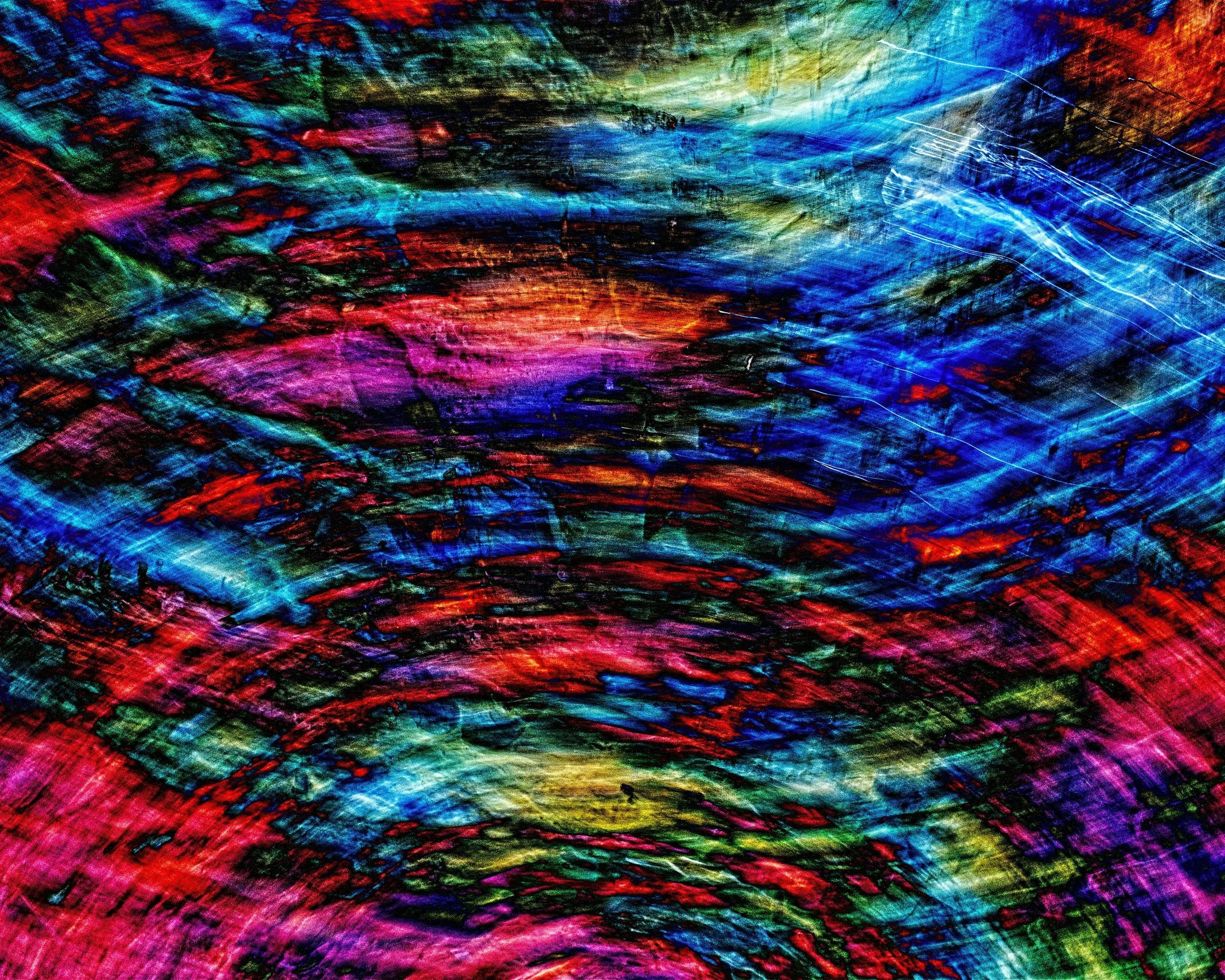
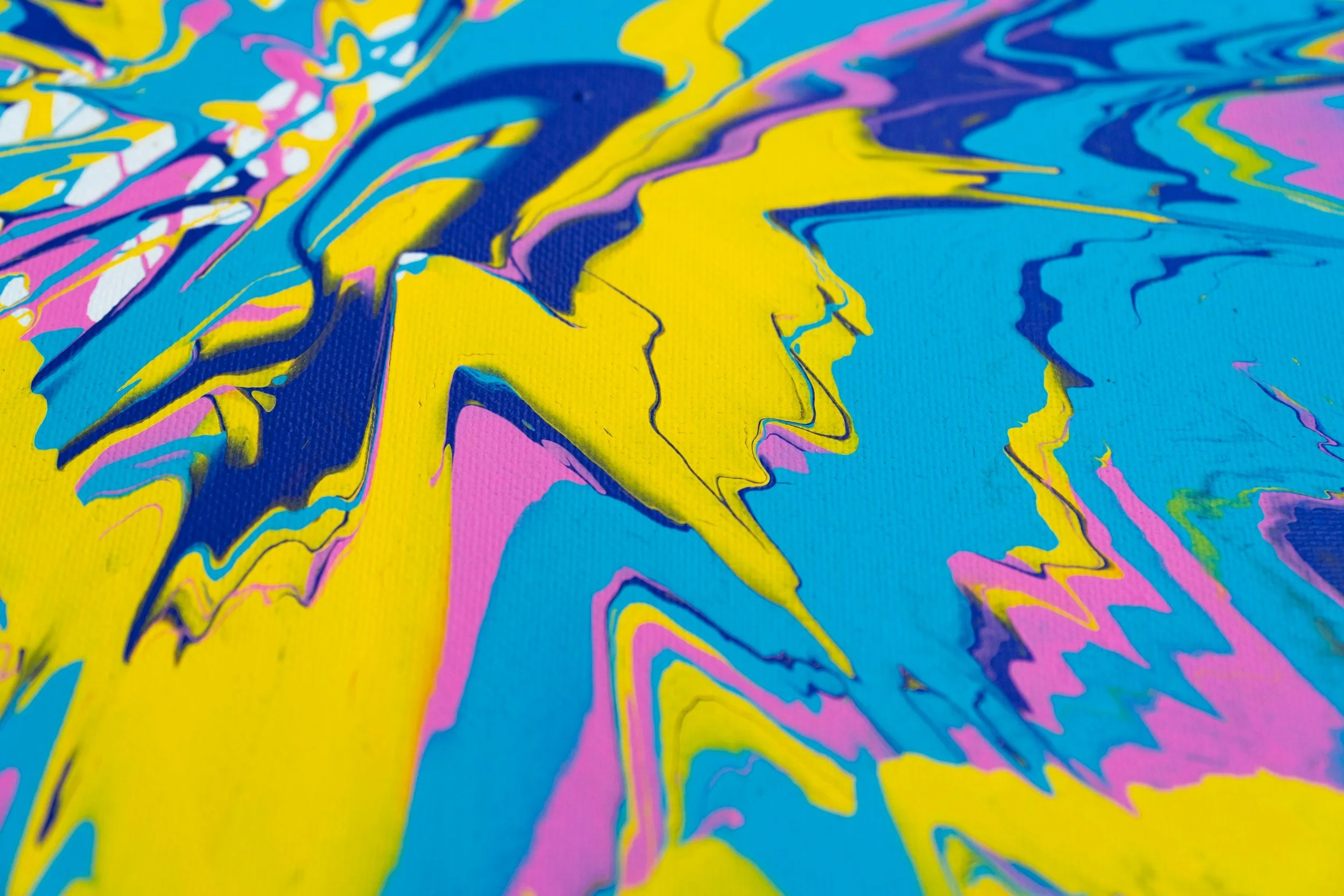
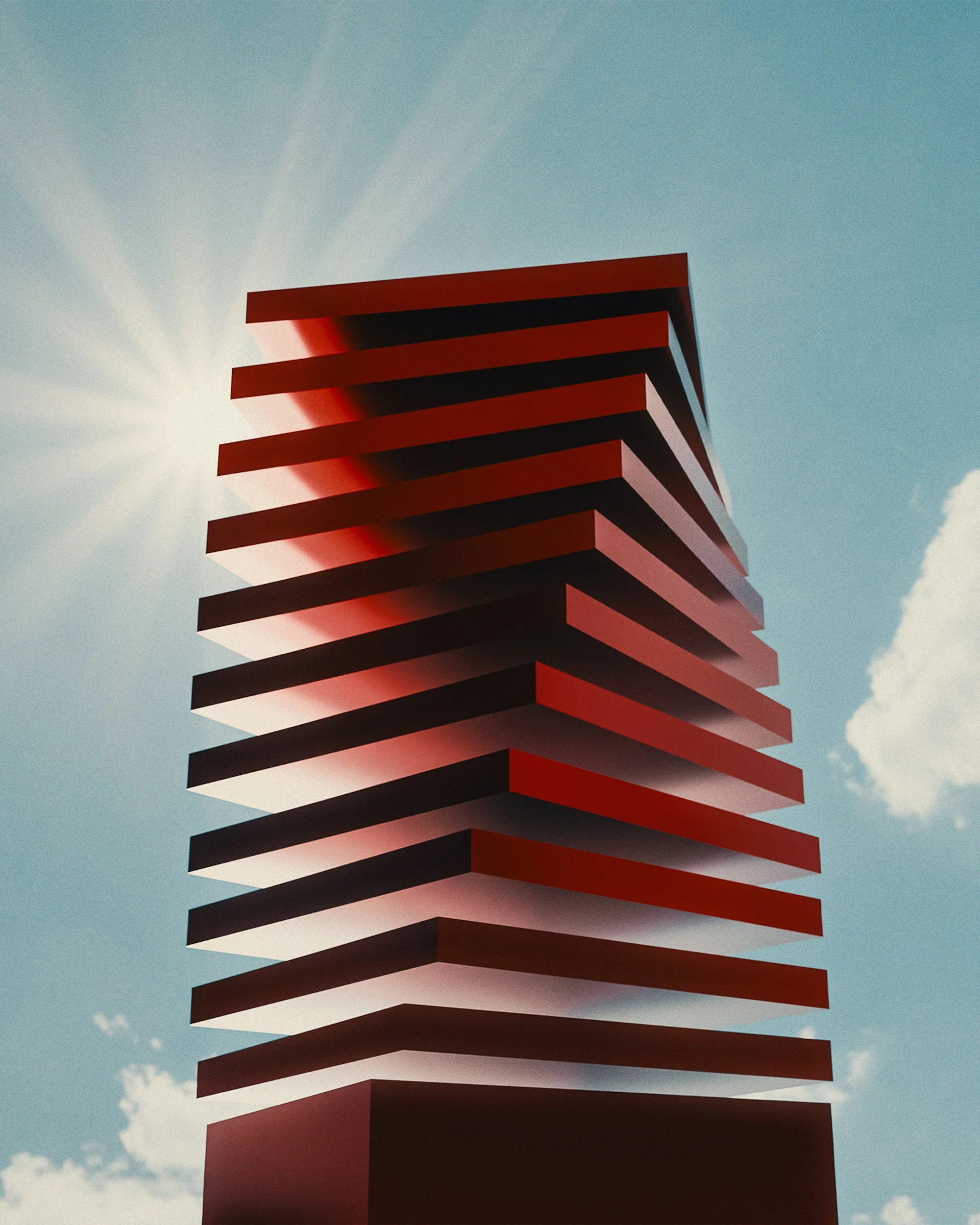
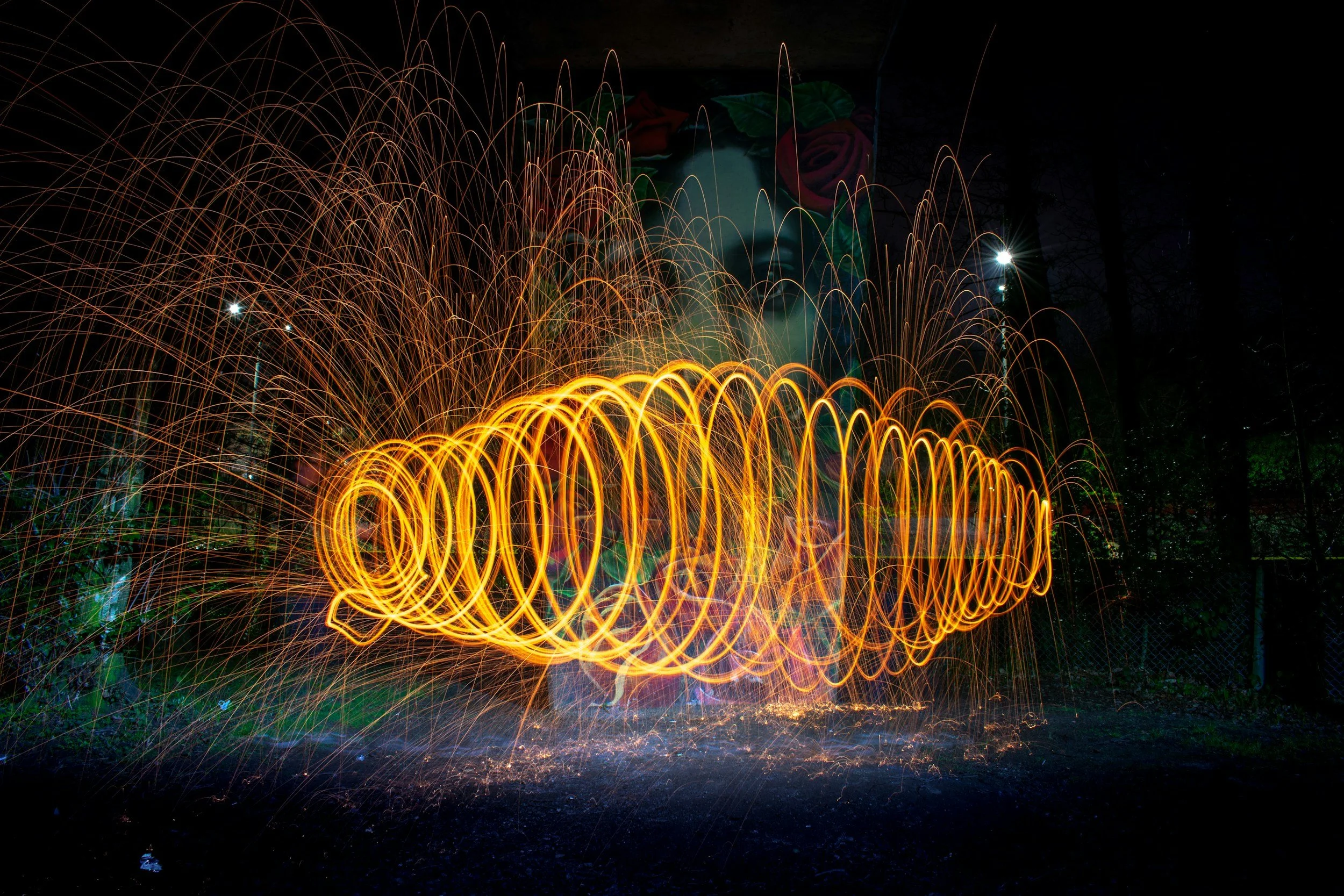
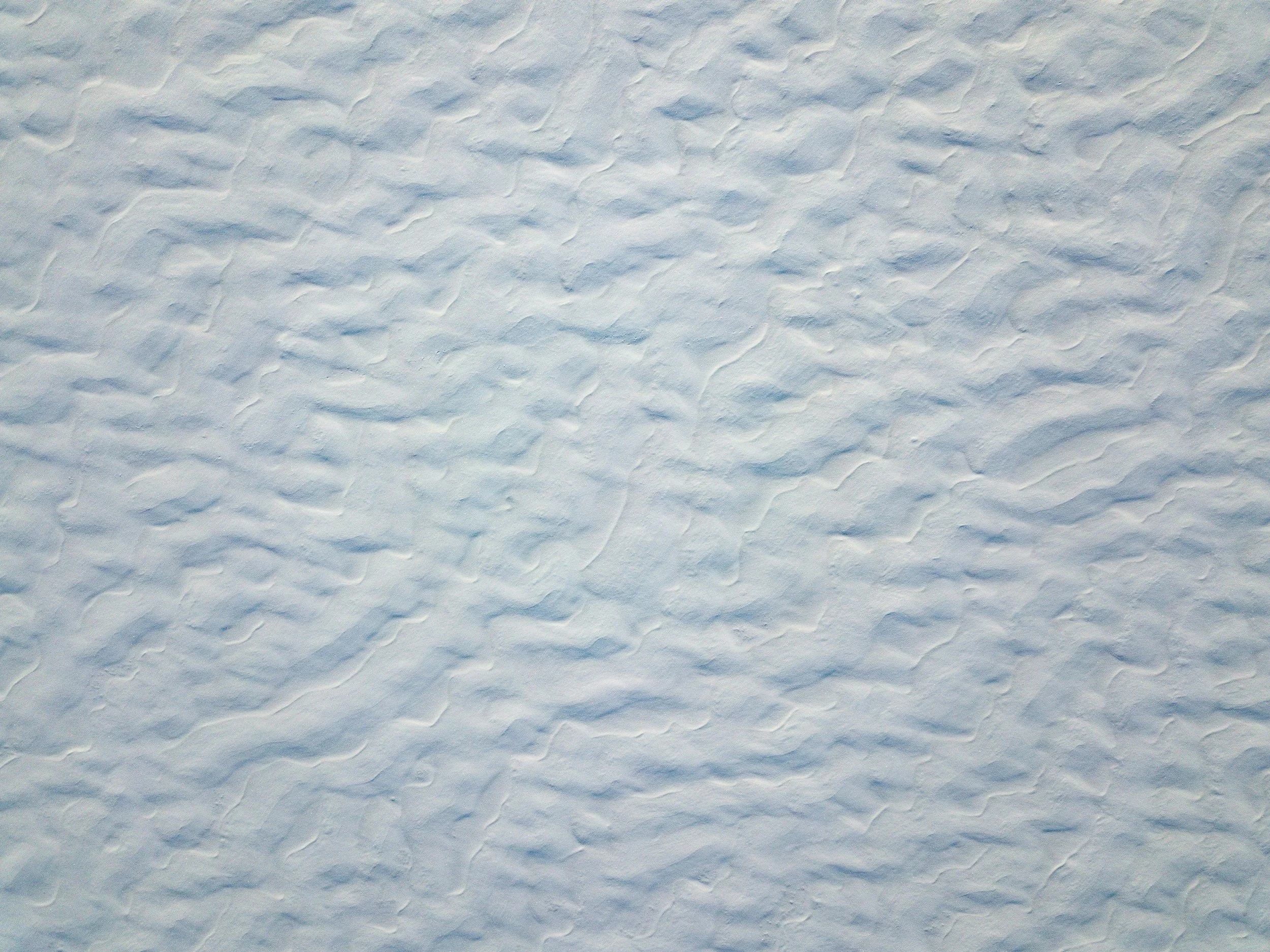
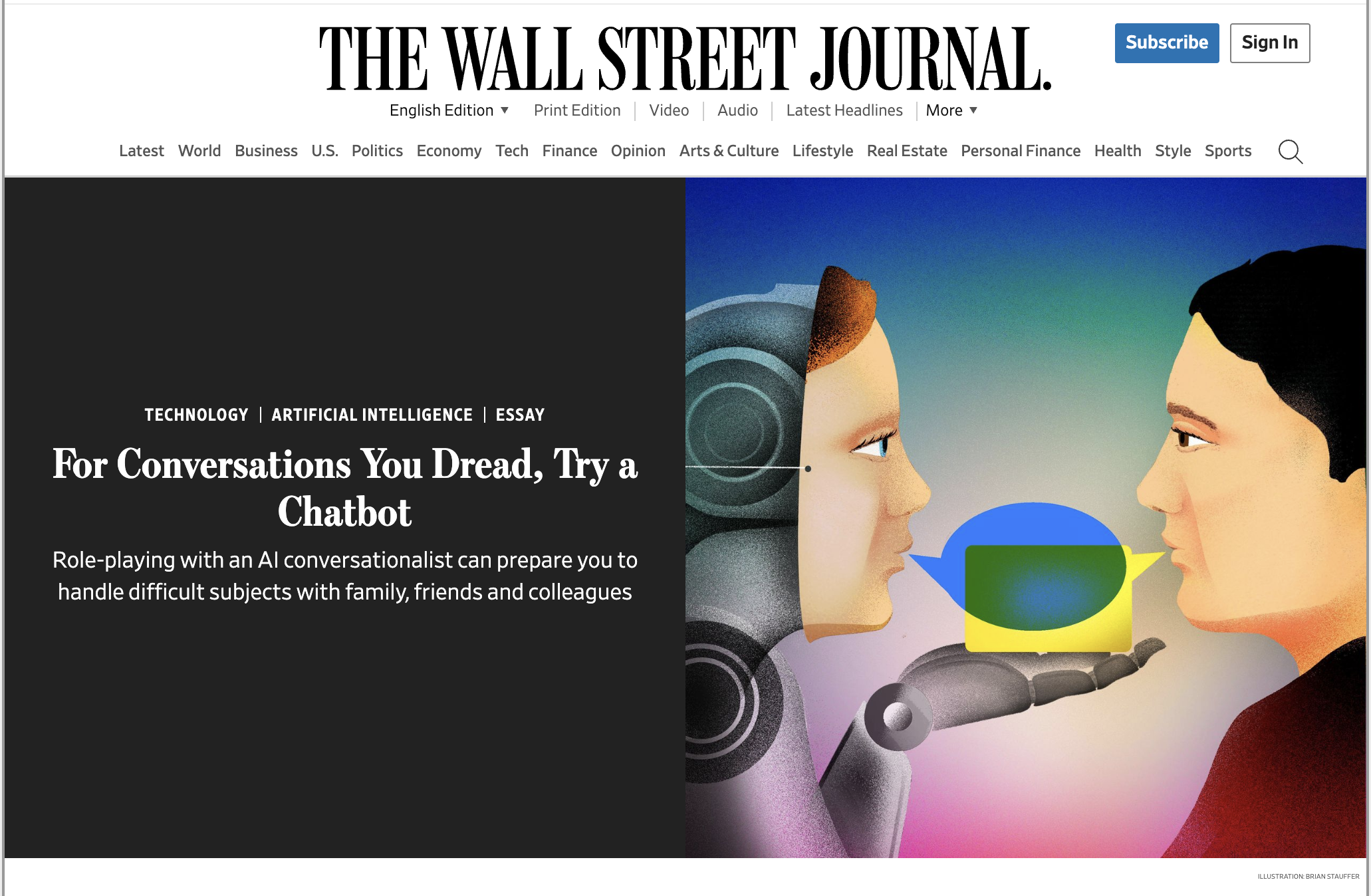
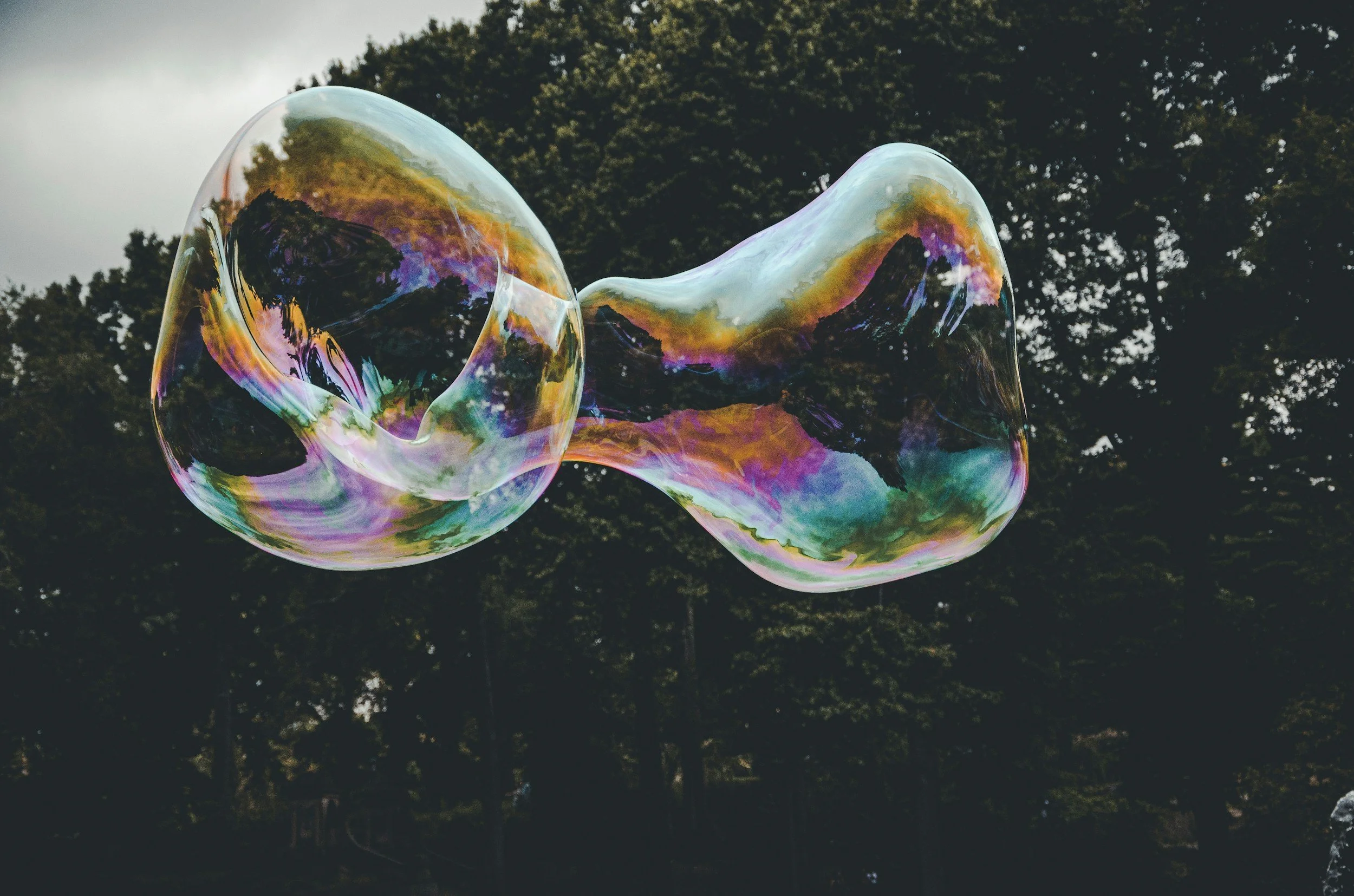
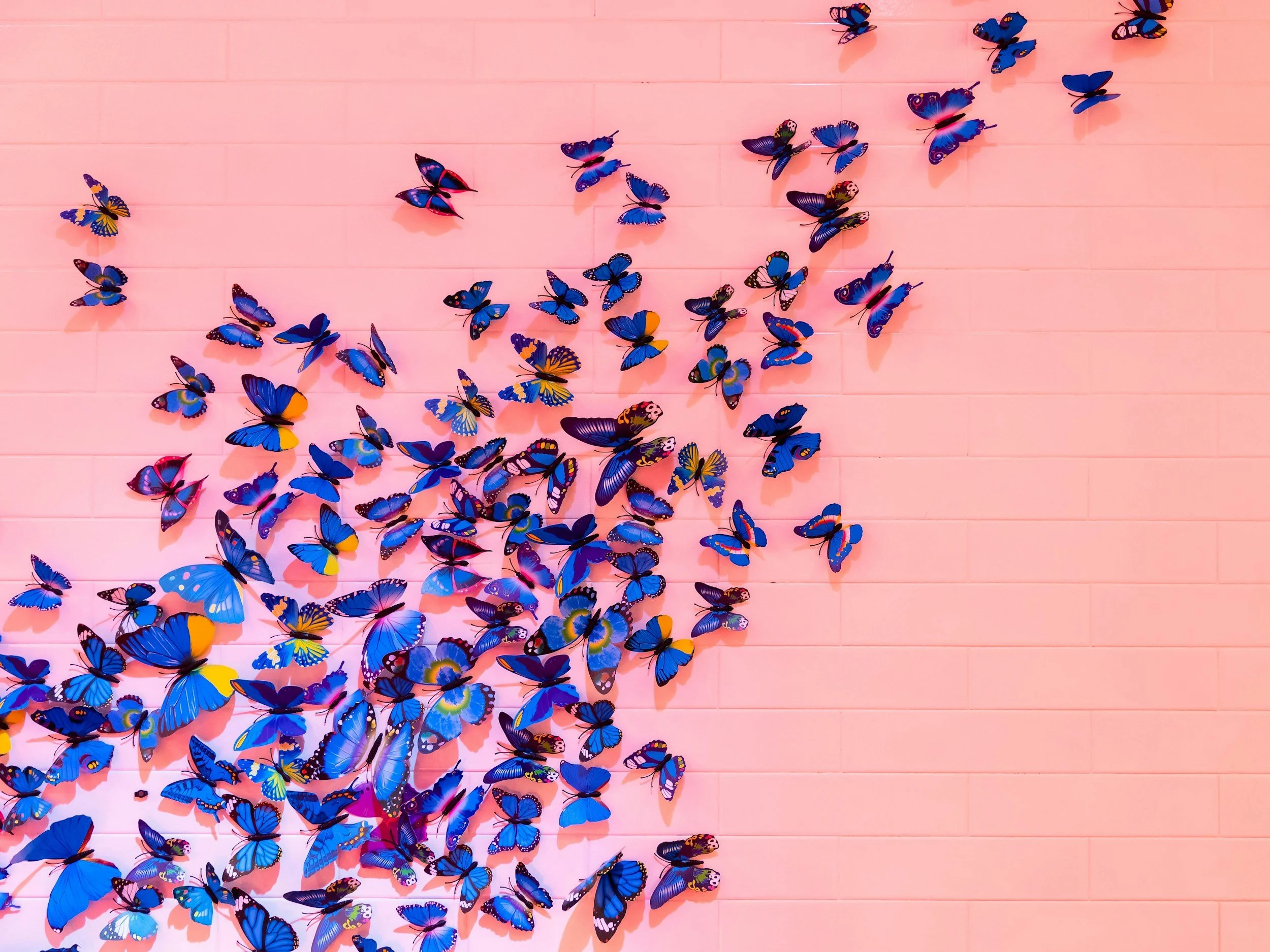
Cleverly deploying AI is not merely speeding up innovation—it's unlocking a fundamentally different relationship with the creative process. Here’s how to shift from operation, to orchestration.